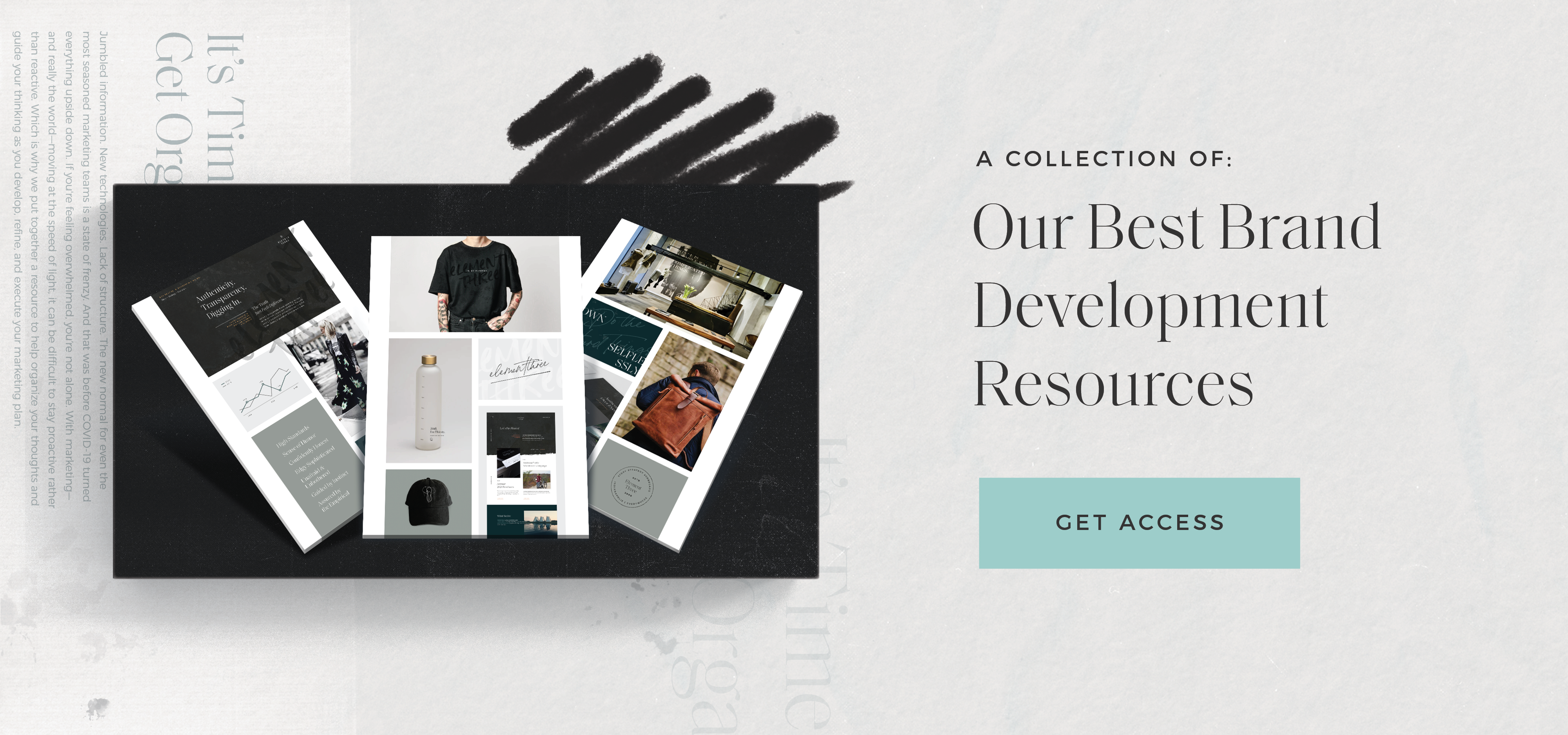At this point, I feel like it would be pretty hard to get through a day without encountering some form of digital advertising. Even before we were all working remotely, we depended on online communication for a lot—work, entertainment, keeping in touch with family. Now, we’re using one digital device or another almost every waking hour. It’s become more unavoidable than ever, which means we’re all consuming more digital content—and digital advertising—than ever.
But it can still, sometimes, be tough to convince people that the budget you want for your digital campaign is an appropriate use of funds. Whether your stakeholder thinks digital marketing doesn’t work, they don’t want to pay for it, or you just want some extra ammo for the conversation, here are a few of the major benefits to an online marketing strategy.
Audience targeting
When you think about it, a lot of “traditional marketing” — things like billboards, magazine spreads, even television and radio commercials — is pretty scattershot. If you put an advertisement on the back of a city bus, a lot of people are going to see it. But are the people you want to sell to going to be among them? There are certainly ways to increase the likelihood, like picking the right publication to put your ad in, but there’s no guarantees.
Online? That’s another story. One of the hallmarks of digital advertising platforms is the ability to target to specific audiences you choose. Segment your audience, pick specific geographic parameters, choose interests your best customers share. Your ads will be seen by those people and only those people, the specific groups you’ve chosen.
This means two things—first, you know that your ads are getting in front of people who are likely to want to buy from you; and second, that your ads will not be in front of people you don’t want buying from you. It’s pretty obvious why you’d care about the first one. But the second? Think about the amount of time, energy, and money you spend selling to people who don’t buy, or, if you’re a client-based business, on trying to iron out bad relationships with bad clients. And now think about how much better you would be served using your resources on better partners.
If you’re interested in some more details on how audience targeting works, check out this video:
Conversion tracking and analytics
How do you know whether your billboard or magazine ad is working? You can run something and see what happens to opportunities and sales, but proving correlation between your revenue performance and any ad is going to be difficult. And if you want to continue securing a budget for marketing, it’s definitely helpful to be able to prove to the people who sign the checks that what you’re doing is working.
Done properly, digital advertising can actually give you the data you need to know whether or not your marketing is effective. Individuals can be identified as they interact with an ad, and you can then track their progression through the buyer journey from first touchpoint all the way through to the sale (or lack thereof). You can see the proportion of ad viewers who interact with it, how many people then progress to becoming real prospects, and then how many of those people purchase. And you can see how changes to your ads, and to your audiences, affect those numbers.
The ability to directly correlate sales with your marketing through conversion tracking means you can point directly at something to tell your supervisor “there, that ad that we spent money on brought in these sales”—which is a great way to get them excited about spending more on marketing.
Ownership of your marketing
There are always going to be guidelines and restrictions when it comes to running an ad. There are rules about size, there are technical barriers you might not be able to break through with a digital ad. But you’re always going to have more control over your ads when you run them online than you do with a traditional ad.
Here’s an example. Let’s say you create an ad, but somehow, despite all your levels of quality assurance, once it’s live you realize there’s a glaring typo in the middle of your copy. It’s a disaster, right? Yeah, if it’s in print. You can’t exactly pull back 100,000 magazines, and it’s pretty hard to get up there to fix a billboard that spells your website wrong. For digital ads? Pause your campaign, or pull ads, edit them, and get back out there. The cost is significantly less to fix a mistake—or, in better circumstances, to take something that works and improve it, or take an ad that’s not performing and tweak it so it will.
You’re in control pretty much from beginning to end when you’re running ads online. You control when they go live, when they quit running. You control what they look like, you control what they say, and when there’s an issue you can fix it.
Increased reach
The more people who see an ad, in general, the better it’s going to perform in terms of sheer volume of interactions and sales. So when there’s a route to drastically improve your ad’s reach without having to sacrifice anything in return, you should certainly take it.
Digital marketing is one of the few ways you can cheaply reach a worldwide audience that’s specifically interested in what you have to offer. That all goes back to the audience targeting we talked about earlier. No matter what demographics you’re trying to speak to, you can choose the geographic area your ads will appear in. If you’re a smaller service business based in Illinois, it’s probably not worth your while to go for a national or international approach, and you can narrowly target your local area to make sure you’re not spending money trying to attract customers who will never be present to buy from you. If you’re selling widgets, you can drastically expand your geographic footprint—after all, on your end the difference between shipping a product 5 miles and shipping it 500 miles is a simple logistics problem, and one that you can solve if it’s part of your growth strategy.
Digital marketing gives you control
It’s what these benefits all have in common—they put the control in your hands, the hands of the marketer. Adjust your ads when you want. Run them as long or as short as you need to. Performance data and tracking data are yours. Pick your audience, pick your location. There are a ton of variables, and it’s basically completely up to you how you manage them all.
For any modern business to thrive in an increasingly online world, digital marketing is a must. Whether you haven’t yet dipped a toe in the waters or you’re trying to ramp up a bare-bones digital operation, it’s very much like planting a tree: the best time to start was ten years ago, but the second best time is right now.





